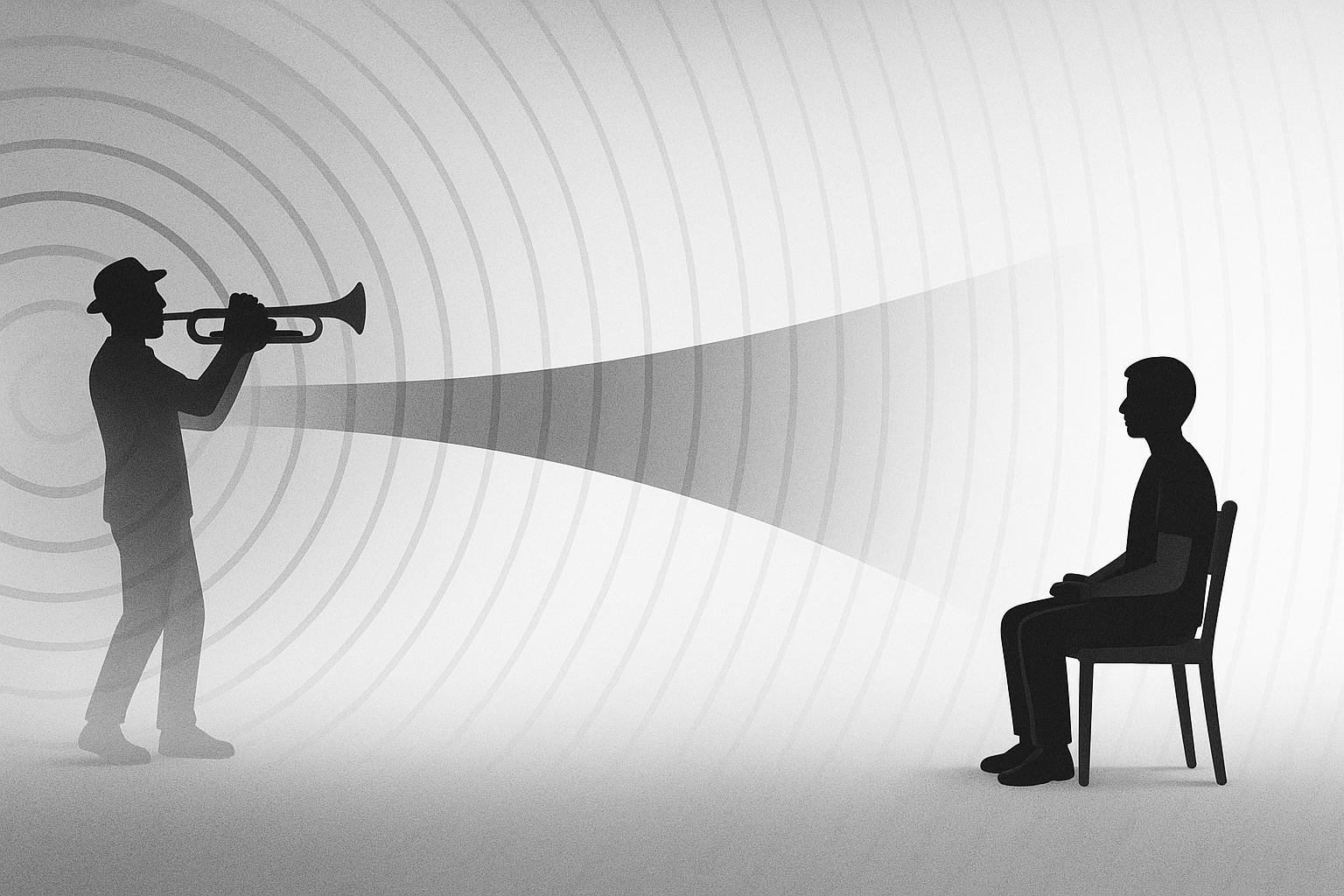In the cacophony of modern urban life, noise pollution has become a pervasive health hazard, contributing to stress, hearing loss, and a diminished quality of life. Traditional public address systems, which broadcast sound indiscriminately, often intensify the problem in crowded areas such as museums, airports, and shopping malls. However, emerging technological innovations in directional sound are poised to transform how cities manage audio environments, providing a targeted approach that could significantly reduce ambient noise levels.
Directional sound technology works by focusing audio waves precisely where they are needed, using methods such as ultrasonic waves or phased array beamforming. This technique projects sound in narrow beams, akin to a spotlight, ensuring it dissipates quickly outside the intended area. Companies like Focusonics have championed this technology as a direct countermeasure to noise pollution, claiming that directional speakers can confine audio to specific zones, whether for announcements or background music, without disturbing adjacent spaces. Such precision enhances user experiences in public venues while limiting the spread of noise pollution. Similar advancements by firms like Panphonics have shown benefits in retail and hospitality settings by improving sound clarity and reducing noise spillover.
The practical applications of directional sound are diverse and increasingly well-documented. Museums use these systems to create immersive, personalised audio experiences for visitors without adding to the overall noise. Urban planners and sound engineers are actively exploring how these technologies fit within broader smart city frameworks, integrating sound management into the fabric of urban design. Research studies, including noise mapping near borders, have highlighted the high exposure to noise even in restricted zones, underscoring the necessity for sophisticated solutions like directional sound tech. Public interest in these advances is growing, as evidenced by discussions on social media platforms where users note the appeal of sound-beaming devices that create personal audio bubbles in crowded environments, echoing the innovations of companies such as Noveto Systems.
Despite these promising developments, challenges remain in widespread adoption. The initial costs of installing and configuring directional sound systems, particularly in existing buildings, can be significant. Acoustic experts advise careful calibration to prevent unintended echoes or dead zones, requiring skilled sound engineering input. Moreover, as directional sound technology evolves, integrating it with artificial intelligence and the Internet of Things (IoT) shows promise for dynamic sound direction that adjusts to crowd density and movement, potentially automating noise control in real time.
Beyond technological innovation, the urgency of addressing urban noise pollution is underscored by mounting evidence of its severe health impacts. Chronic exposure to loud or repetitive noise has been linked to a spectrum of health problems, including permanent hearing damage, cardiovascular diseases, sleep disturbances, and mental health disorders like anxiety and depression. The World Health Organization has flagged noise pollution as a significant public health concern, with data showing its role in sleep disruption and elevated stress levels. Research from institutions like Bedrock Elite and policy advocacy from organisations such as the American Public Health Association call for comprehensive noise control measures, reinforcing the need for urban acoustic solutions that go beyond mere mitigation to proactive management.
The physiological toll of noise is profound. Continuous exposure can increase stress hormones, impair cardiovascular health, and exacerbate mental health issues, creating a hidden societal cost that extends far beyond mere annoyance. As noted by mental health experts, sound pollution’s impact on the mind-body connection necessitates integrated approaches combining environmental design, community awareness, and advanced technology.
Looking forward, the development of directional sound offers a path toward quieter, more serene urban spaces, redefining public acoustics. Innovations such as robotic sound arrays that dynamically control soundfields in venues, or studies advocating sound installations to reduce urban noise density, point to scalable solutions that could benefit millions. While significant integration and investment hurdles persist, the convergence of directional sound technology with smart city initiatives represents a promising frontier to alleviate the growing burden of noise pollution.
📌 Reference Map:
- Paragraph 1 – [1], [4]
- Paragraph 2 – [1], [2], [3]
- Paragraph 3 – [1], [4], [6]
- Paragraph 4 – [1], [4]
- Paragraph 5 – [2], [3], [4], [5], [6], [7]
- Paragraph 6 – [1], [4], [6]
Source: Noah Wire Services
